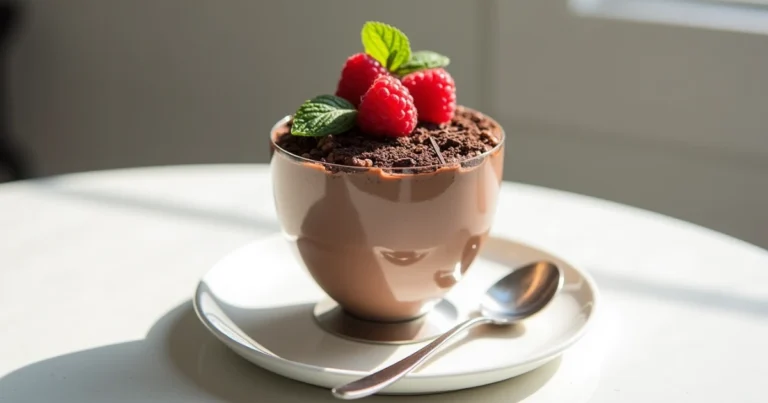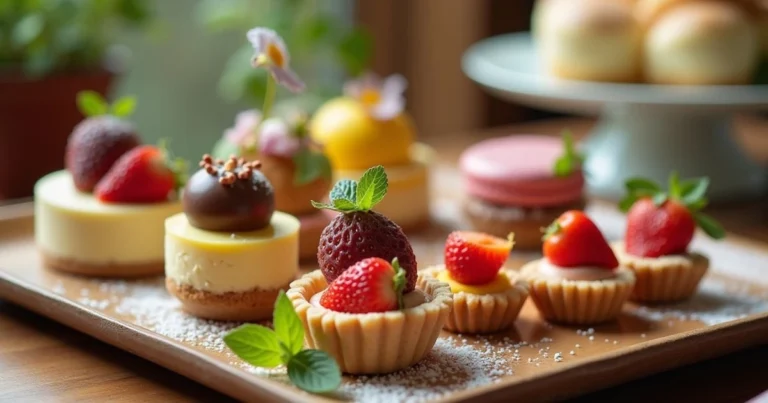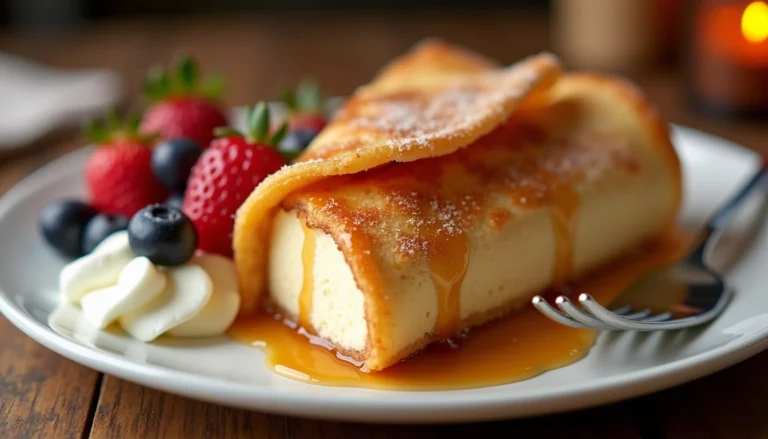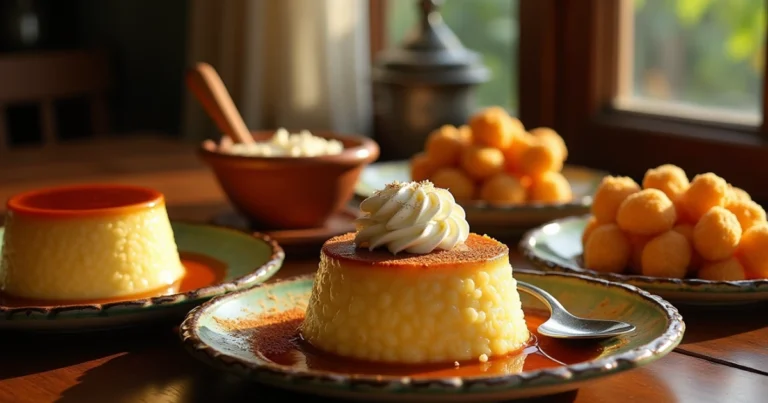Expert Dessert Spoon Tips for Elegant Dessert Presentation
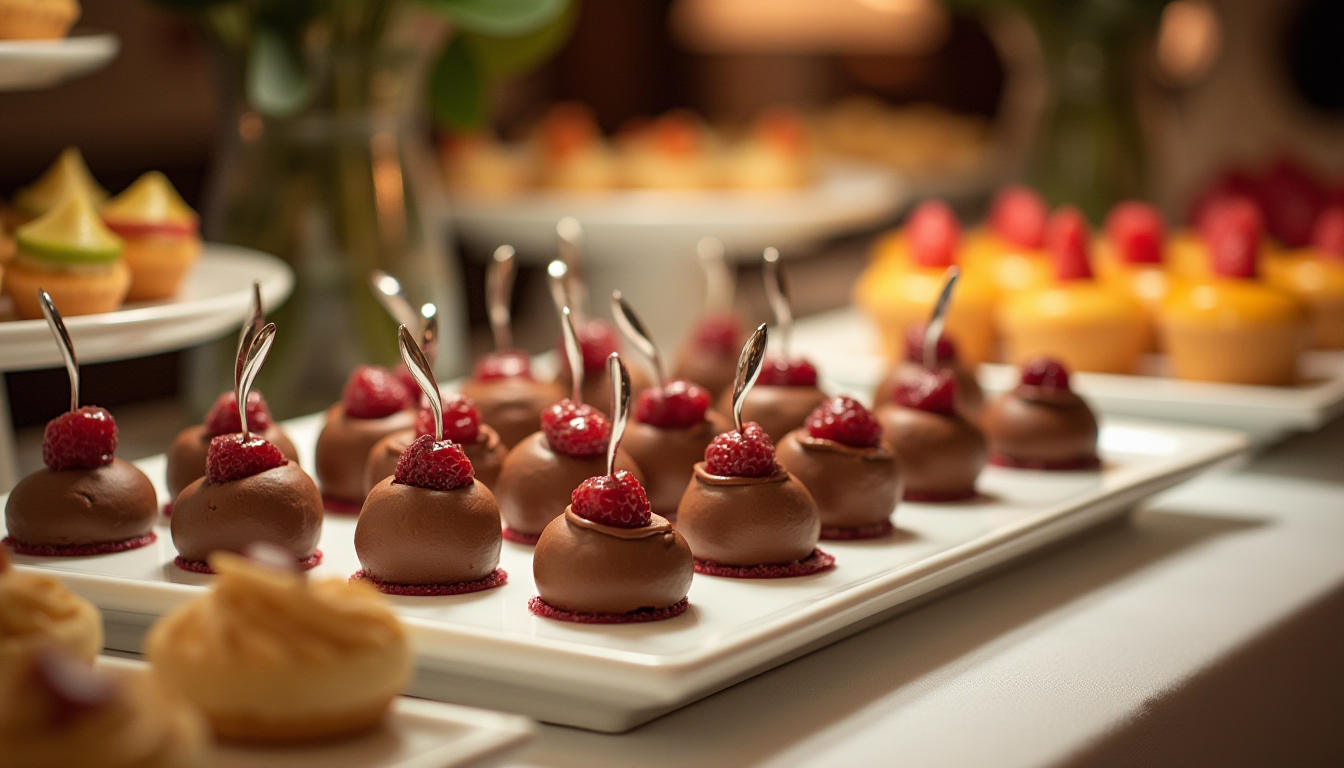
When it comes to indulging in a delicious dessert, the right utensils can elevate the entire experience. The dessert spoon is often overlooked, but it plays a vital role in enjoying your sweet treats to their fullest potential. Whether you’re savoring a rich chocolate mousse, a refreshing fruit salad, or a delicate crème brûlée, knowing how to use a dessert spoon properly can enhance your enjoyment and add a touch of sophistication to your dining experience.
In this comprehensive guide, we’ll walk you through everything you need to know about using a dessert spoon for different treats. From understanding its purpose to mastering the techniques, we’ve got you covered. Ready to become a dessert spoon expert? Let’s dive in!
Table of Contents
What is a Dessert Spoon?
Before we get into the specifics of how to use a serving spoon, it’s important to understand exactly what it is and why it matters. A dessert spoon is a utensil that is specifically designed for consuming sweet, lighter foods. It’s slightly smaller than a regular soup spoon, yet larger than a teaspoon, which makes it ideal for a variety of desserts.

Key Characteristics of a Dessert Spoon:
- Size: A typical elegant spoon measures around 6 to 7 inches in length, making it just right for most desserts.
- Shape: The spoon has a rounded bowl that allows you to scoop up soft and creamy textures without being too large or too small.
- Materials: Dessert spoons come in various materials, including stainless steel, silver, and even porcelain for more formal settings.
While it may seem like a small detail, using the correct utensil can make a significant difference in how you experience a dessert. The dessert spoon’s design helps with portion control and ensures that you can savor your treat without any awkward moments.
Why a Dessert Spoon Makes a Difference
You might wonder, does it really matter which spoon I use for dessert? The answer is yes. Using an elegant spoon
provides several benefits that not only make your dining experience more enjoyable but also add an element of sophistication. Here’s why it matters:
1. Improves the Sensory Experience
Desserts are meant to be savored, and using an elegant spoon allows you to enjoy the flavors and textures of your treat in the best possible way. Its design makes it easier to scoop up the perfect portion, giving you a balanced taste with every bite.
2. Enhances Elegance
Whether you’re at a formal dinner party or a casual family gathering, using the correct spoon demonstrates attention to detail. It adds a touch of refinement to your dessert presentation and shows that you appreciate the art of dining. Plus, it’s a great way to impress guests with your knowledge of proper etiquette!
3. Portion Control
The dessert spoon is perfect for keeping your portion sizes in check. Because of its smaller size, it helps prevent you from eating too much too quickly, allowing you to savor each bite. This can be especially helpful for rich, indulgent desserts that are best enjoyed slowly.
The Right Way to Use a Dessert Spoon
Now that you know what a dessert spoon is and why it matters, let’s dive into how to use it properly. Follow these simple tips to make sure you’re getting the most out of your small spoon experience.
1. Holding the Dessert Spoon
The way you hold your dessert utensil can impact your comfort and precision while eating. Here’s how you can hold it correctly:
- Grip: Use your thumb, index, and middle fingers to gently hold the spoon. This allows for a controlled, precise movement when scooping.
- Angle: The bowl of the spoon should face upwards, allowing you to scoop and taste the dessert with ease.
- Relaxed Hand: Avoid gripping the spoon too tightly. A relaxed hand ensures smooth, graceful movements as you scoop your dessert.
2. Avoid Overgripping
It’s easy to fall into the habit of gripping the spoon too hard, especially when you’re hungry or excited about the dessert. However, gripping too tightly can lead to unnecessary tension, making your movements jerky or less controlled. Keep a light grip to maintain elegance.
3. Scoop Small Portions
The key to using an elegant spoon properly is portion control. A dessert spoon is designed for small, delicate scoops, so resist the urge to overload it. This helps you take smaller bites, savoring the flavors and textures of each mouthful.
How to Use a Dessert Spoon for Different Treats
Now that you know the basics of using a dessert spoon, let’s go over how to use it for different types of desserts. Each type of treat may require a slightly different technique, so it’s important to adjust your approach accordingly.

1. Soft Desserts (Mousse, Puddings, and Custards)
Soft and creamy desserts like mousse, pudding, and custards are a perfect match for a dessert spoon. Here’s how to enjoy them:
- Technique: Gently scoop the dessert with the back of the spoon to ensure you don’t disturb the smooth texture. You don’t need to press down hard—let the spoon glide easily through the dessert.
- Scoop: Take small, delicate spoonfuls to maintain the dessert’s texture. The goal is to take a bite-sized portion that allows you to enjoy the dessert fully.
2. Fruit-Based Desserts (Fruit Salads, Sorbets, and Compotes)
Fruit-based desserts are often light and refreshing, and they pair beautifully with a dessert spoon. Here’s how to scoop them up:
- Technique: For fruit salad, use the spoon to gently scoop a bit of fruit and a little bit of syrup or dressing. The key is to balance the different textures on your spoon.
- For Sorbets: The dessert spoon works great for sorbets and compotes, as it helps you take manageable, smooth spoonfuls.
- Pro Tip: Hold the spoon at a slight angle to ensure you pick up both fruit and liquid or syrup without spilling.
3. Creamy or Ice Cream-Based Desserts (Ice Cream, Gelato, and Parfaits)
Ice cream and gelato often come in larger portions, but a dessert spoon is perfect for controlled scoops:
- Technique: For soft ice creams or gelato, use the spoon to scoop small, rounded portions. The spoon’s rounded bowl helps you capture just the right amount.
- For Parfaits: When eating a parfait, use the spoon to scoop a bit of each layer, from the creamy base to the crunchy topping. This ensures you get a balanced bite each time.
4. Pastry and Cake-Based Treats (Tarts, Brownies, Cupcakes)
While a dessert spoon isn’t the first choice for eating cake or pastries, it can still be used in certain situations:
- Technique: When using a dessert spoon for pastries, such as tarts or brownies, gently cut into the layers using a rocking motion with the spoon.
- Tip: Make sure to avoid using too much pressure, as this could cause the delicate layers to break apart.
Dessert Spoon Etiquette for Social Occasions
Whether you’re at a formal event or a casual gathering, there’s a certain etiquette that goes along with using a dessert spoon. Let’s take a closer look at how you can make the best impression.
1. At Formal Events
When dining at a formal event, it’s important to wait for everyone to be served before digging into your dessert. Here’s how to keep it elegant:
- Small, Graceful Bites: Take small bites, and always ensure you are using the spoon to scoop manageable portions.
- When Finished: Place your dessert spoon gently across the edge of your plate, signaling that you’re done with the course.
2. At Casual Gatherings
At a casual gathering, feel free to be a little less formal, but still, aim for grace. Here are some tips:
- Relaxed Eating: Engage in conversation while eating, but avoid being too sloppy with your spoon. Enjoy the moment while taking smaller bites.
- Positioning: Place your spoon back in a relaxed position after you’ve finished, ensuring the table remains neat.
Essential Dessert Spoon Tips and Tricks
To master the art of using a dessert utensil, keep these helpful tips in mind:
- Take Small Bites: Resist the urge to scoop too much at once. Small bites ensure that you can savor the dessert without feeling rushed.
- Clean Your Spoon After Each Bite: If you’re switching between different types of desserts, clean your spoon between bites to prevent flavors from mixing.
- Keep the Spoon Elegant: Avoid clanging the spoon against the dish or scraping the bottom, as this can be noisy and messy.
Conclusion
Using a dessert spoon properly isn’t just about following rules—it’s about enhancing your overall dessert experience. Whether you’re indulging in a rich chocolate mousse, a refreshing fruit salad, or a creamy parfait, using the right techniques with your dessert spoon allows you to enjoy your treat to the fullest. With a few simple tips and tricks, you’ll elevate your dessert game, impress your guests, and savor every bite in style.
So the next time you’re sitting down to a sweet treat, remember to grab your dessert spoon and enjoy the moment. The small details make a big difference, and with these techniques, you’ll be able to enjoy your desserts like a true connoisseur.
Call to Action: Want to learn more about elevating your dining experience? Subscribe to our newsletter for more tips on etiquette, food pairings, and all things culinary!

